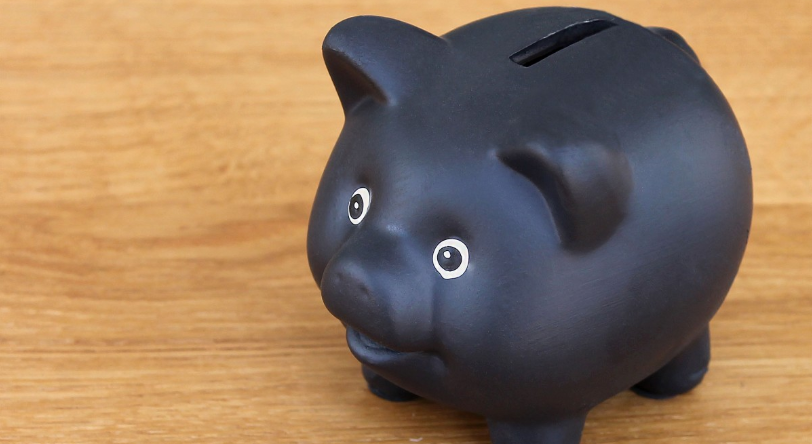What Hope Community Trust recently did a presentation on wellness. It covered areas such as physical well-being, financial discipline, education and development etc.
What Hope is a charity I’m involved with. We work with at-risk youth in south Auckland, focussing on creating a culture of belonging and connection for youth, in a safe environment.
As their treasurer, I was asked to contribute 5 steps someone should take for financial wellness. This is what I came up with. It’s very basic, but has important principals no matter what your circumstances.
Decide on what you really need
Don’t fall into the trap of buying things just because other people have them, or because it makes you happy for a couple of days. Decide on what you should and shouldn’t be spending on, before you even think about opening your wallet. Once you’ve decided, stick to it! For example, spending on healthy food is important, spending on the latest gadget, not so much. Make sure you’ve got enough to get the important things first.
Keep a budget
Once you’ve decided on what’s important, create a budget. A suggested split is to spend 50% on ‘needs’, 30% on ‘wants’ and 20% on ‘savings’. There are plenty of tools for budgeting, use the one that suits you. A simple spreadsheet or notebook may be all you need. Plan and control your spending, don’t just wing it.
Understand your debt
Make sure you understand what percentage interest you are paying per year. Some companies don’t show this very clearly. Convert all rates into percentage per year. If you’ve already got debt, pay off the one with the highest interest rate first. Think very carefully before you take on new debt. Do you really need to borrow? Would it be better to save up for it? By delaying the purchase you may realise you don’t need that ‘thing’ after all.
Enrol in Kiwisaver
Whilst you should be saving at least 20% of your income yourself, Kiwisaver can be a better tool for this. You can set how much you contribute, and have it automatically taken out of your wages (removing the temptation to spend it first). It’s also not very easy to access this money before retirement age, protecting your savings. Lastly, your employer and the government will contribute a certain amount as well, helping you save!
Have a goal
It’s important to have a ‘why’ for your savings. I.e. your 20% savings may be so you can actually retire by 65. Or it may be for a house. Note, don’t use your savings for ‘wants’. A house is a ‘need’ (you need to live in something), a new car or computer is usually a ‘want’. If you’re saving for a ‘want’, make sure this comes out of your ‘wants’ budget. Also make spending goals. I.e. if you notice you’re spending too much on snack food or entertainment, why not have a goal to spend under a certain amount each week. Then reward yourself for achieving it (make sure the reward is in the budget!). It feels good to actually achieve your financial goals.
